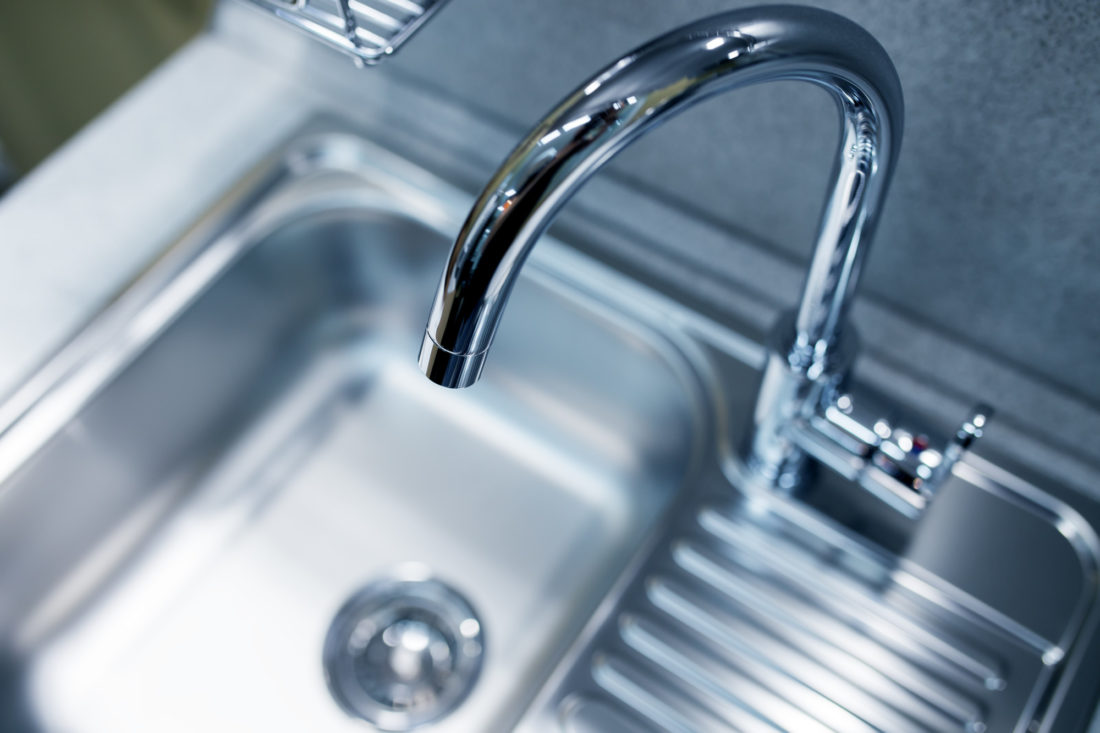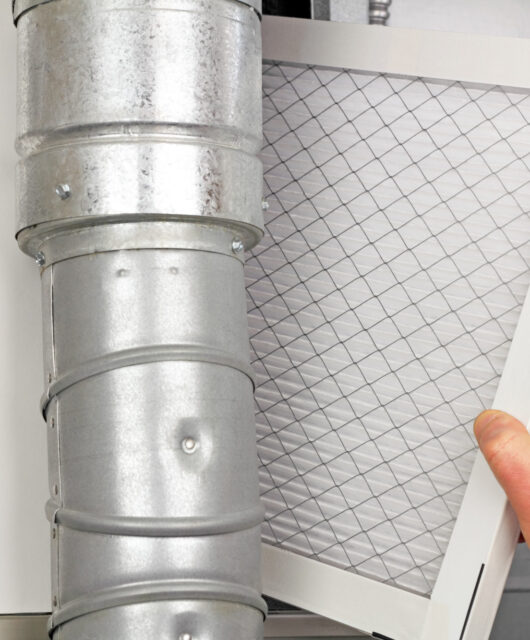Choosing an Under Sink Water Filter: A Complete Buyer’s Guide
 Tired of using a water filter pitcher every time you want clean water? If so, you may want to switch to an under sink water filter.
Tired of using a water filter pitcher every time you want clean water? If so, you may want to switch to an under sink water filter.
For consumers with municipal water, a simple POU system is a great solution. Depending on the model, these filters deal with anything from VOCs to chlorine. They’re usually installed in a kitchen, but many work in bathrooms as well.
Not sure how to identify the best under sink water filtration system for your needs? Here are 4 key factors you need to consider.
Table of Contents
1. System Type
A multi-stage under sink filter system comes with a separate faucet. These systems usually have 2 to 4 filters, which allows for better filtration output. That said, they’re slower than their direct connect counterparts.
If your sink has a knockout hole, you may want to opt for a direct connect system. These have a single filter with multiple stages inside the canister. The flow rate is exceptional, but these filters don’t block quite as many contaminants.
2. Ease of Use
Under sink water filters are easy to install, but user-friendliness is another story. These systems come in all sizes and shapes, and many don’t have a cabinet at all. If you opt for a multi-stage system, you’ll also need to consider the filter life.
The more money you’re willing to spend, the easier it will be to find something that doesn’t require much fiddling. For instance, many top-of-the-line models come with useful features such as twist-lock filters.
3. Filtration
The main purpose of a kitchen sink water filter is to handle common contaminants such as lead and chlorine. They can also deal with VOCs, sediment, and pesticides. See here for more information on what these filters can remove.
To find out what type of system you need, check the water quality report in your region. You can also have your water tested by a certified lab. If you want the best option on the market, go for a reverse osmosis system.
4. Pressure & Flow Rate
The PSI rate of an under sink filter determines how much pressure your sink needs to have. Most systems are in the range of 25-35 PSI. For most U.S. citizens, this shouldn’t be much of a concern.
Flow rate (measured in gallons per minute, or GPM) is the other key specification you should keep an eye on. The higher the rate, the quicker your system will work. That said, slower systems usually provide better filtration.
Buying an Under Sink Water Filter
As you can see, choosing an under sink water filter is not a simple task. Still, paying attention to these 4 factors will make your decision easier.
The one thing all sink filter systems have in common is that they provide value for money. This is particularly true if your family consumes a lot of water each day. Plus, these systems are more eco-friendly than other filtration solutions.
Want to know more about the different types of under sink water filters? Interested in other ways you can improve your home life? Check out our Home/DIY section!









